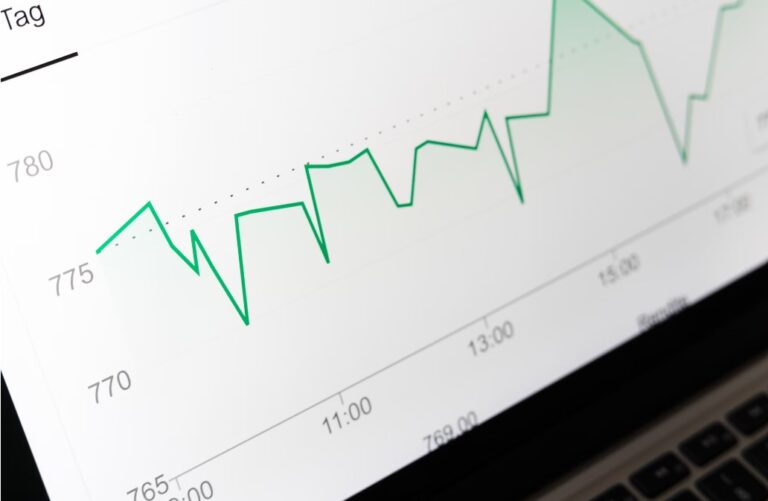We are probably faced with the question of questions, the queen of questions often at the center of discussions between investors: how much do you need to make a living from investments?
Table of Contents
The investor segment: what type of investor are you?
We want to try to give you an answer according to our experience and to do so we will use a bit of geometry, specifically a segment. On the one hand there is the available capital, on the other end of the segment the time factor and skills. Let’s try to understand better.
The people who are closest to the extreme with capital are pure investors who entrust their capital to third parties. People on the opposite side show more of an aptitude for freelancing in the investment sector to make up for the lack of capital.
To answer the question “how much does it take to live on investments?” you must first identify your position along this segment.
If you have technical skills, the time and the desire to get involved, you are predisposed to freelance activity and can invest even less capital. But if you have money at your disposal and you have neither the time nor in-depth skills you can delegate other people to manage your money. In this second case you are more results-oriented.
How much capital is needed to make a living from investments?
So, to return to the initial question, how much do you need to make a living from investments? It’s time to give you an answer.
It is essentially a mathematical projection, there is no golden rule valid for everyone, to calculate it you must first know your lifestyle and define a cost.
Calculating that on average a professional investor with a good diversified portfolio is able to generate a good 15% per year, what needs to be done is a proportion. I’ll give you an example.
If you need 50,000 euros a year to live, to ensure that these correspond to the 15% “theoretically” generated in a year, which would allow you to live “doing nothing” with the money deriving from your investments, you should have a initial capital of approximately 335,000 euros.
The proportion is quite simple.
15:100 = cost of living: necessary capital
We have spoken several times about the importance of a diversified portfolio, in this way there will be years in which high-risk investments will provide an important boost to our capital, vice versa years in which these will go badly and low-risk investments, which tend to do well but generate little profit, they will recover the loss and generate a small positive (5-8%).
For this reason a good average is around 15% per year.
Before making any trades yourself, always remember to do all the calculations in the negative, evaluating how much you are willing to lose. An investor’s activity is not linear during the year, it has ups and downs, but with the right attention and skill you will be able to close on a positive note.
Read also: The most common investing mistakes to avoid












